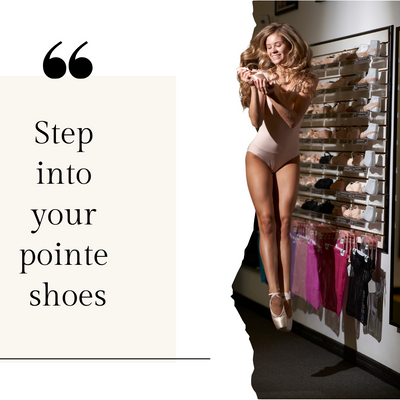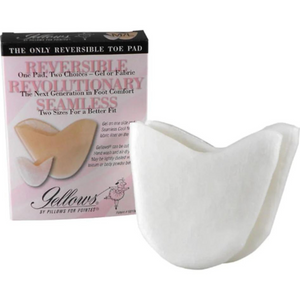Finding Your Rhythm: How to Choose the Right Tap Shoe
When it comes to the world of dance, selecting the right tap shoe is crucial to your performance and comfort on the dance floor. Tap shoes come in various styles, each offering unique features and advantages. In this guide, we will help you navigate through the options and considerations for choosing the best tap shoes both for beginners and advanced tappers. We'll explore the classic Oxford, the elegant Mary-Jane, the comfortable Flex-style, and the versatile Jazz-style tap shoes, and also delve into the choice between leather and synthetic materials.
Tap Shoe Styles
1. Oxford Style

The Oxford tap shoe is a timeless classic. It features a low, lace-up design with a firm, flat sole, and a small heel. Oxfords are highly versatile and suitable for beginners and experienced tap dancers alike. Here are some key points to consider when choosing Oxford style tap shoes:
Dancewear Corner's top selling Oxford tap shoe: Bloch S0313L "Jason Samuel Smith" Lace Up Tap Shoes
2. Mary-Jane Style

Mary-Jane tap shoes are known for their elegance and feminine touch. These shoes have a strap across the instep, often secured with a buckle or snap button. Advanced dancers favor the elevated heel height of these tap shoes for executing intricate footwork. The increased heel encourages pivoting, turns, and spins. Here's what you should consider when looking at Mary-Jane tap shoes:
Dancewear Corner's top selling Mary-Jane style tap shoe: Capezio 356C Child Shuffle Tap Shoe.
3. Jazz Style

Jazz tap shoes are a popular choice among professional tap dancers due to their unique design. These shoes combine the features of a classic jazz shoe with tap plates, allowing for smoother and more fluid movements. Consider the following when exploring Jazz-style tap shoes:
Dancewear Corner's top selling Jazz-style tap shoe: So Danca TA05 Lace Up Tap Shoe.
4. Flex Style

Flex tap shoes combine elements of flexibility and traditional tap shoe design. The key feature of a flex tap shoe is its split sole construction, which allows for greater flexibility and articulation of the foot. Here's what to consider when it comes to Flex tap shoes:
Leather vs. Synthetic Materials
The choice of material for your tap shoes is another essential consideration. Both leather and synthetic materials have their own set of advantages and disadvantages:
1. Leather
2. Synthetic
Conclusion
Choosing the right tap shoe for you involves considering your dance style, personal preferences, and the materials that suit your needs. Whether you opt for the classic Oxford, the elegant Mary-Jane, or the versatile Jazz-style tap shoes, ensure that they offer the right balance of style, comfort, and performance. Additionally, the choice between leather and synthetic materials comes down to your budget and ethical concerns.
Remember that finding the perfect tap shoe is a personal journey, and trying different styles and materials can help you determine which one suits you best. Invest in a high-quality pair that meets your unique needs, and you'll be well on your way to mastering the art of tap dance.







